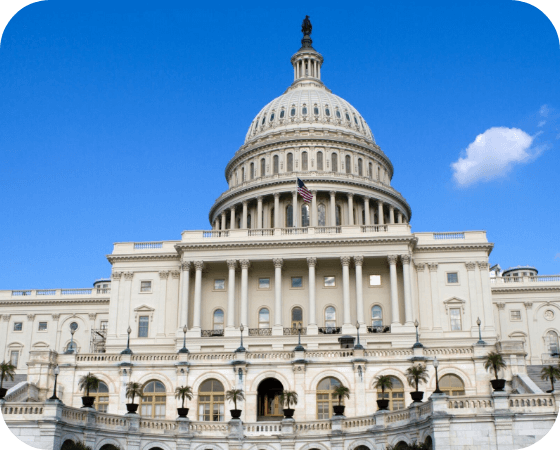Amazon is primed to disrupt primary care just like the tech giant has done to retail, cloud computing, and package delivery services. This time, it’s telehealth.
On March 17, 2021, Amazon took a major step forward in expanding its health care reach by announcing plans to make Amazon Care, its virtual health service benefit, available to all of its US employees this summer. Furthermore, Amazon announced its telehealth service will be available to other companies. Over the next few months, the company also intends to expand its Amazon Care in-person health centers to Washington, DC, Baltimore, and several other cities.
In September 2019, the company launched Amazon Care for employees and their families in the Seattle metropolitan area. Amazon Care offers telehealth as well as in-person primary care visits at patients’ homes or in-office. Additionally, the service incorporates Amazon Pharmacy, the company’s prescription drug delivery service that launched in November 2018.
Amazon Care is not the company’s first foray into health care. In addition to Amazon Pharmacy, the tech giant teamed up with primary care group Crossover Health in 2020 to launch health care centers near its operations facilities and fulfillment centers in Phoenix, Louisville, and Dallas-Fort Worth, with more facilities planned in 2021. Notably, the company joined forces with JPMorgan Chase and Berkshire Hathaway in January 2018 to launch a new non-profit venture called Haven. The new venture was intended to utilize the vast resources of its founding companies to address the complexity of health care coverage and rising health care costs. However, Haven was eventually scuttled in January 2021, with lack of a strategy, leadership turnover, and the enormous scale of problems facing the US health care industry cited as likely culprits.
As illustrated by Haven, Amazon Care’s success is far from guaranteed. The service faces stiff competition from other well-funded telehealth services, including Doctor on Demand and PlushCare. Additionally, there has yet to be any data posted on whether Amazon Care has been successful in reducing costs, which was one of Haven’s initial goals. However, Amazon Care stands out from its competitors by offering integrated pharmacy services and a potential built-in customer base from the over 150 million Amazon Prime subscribers.
Through its recent ventures into the health care industry, Amazon may be signaling a desire to use its growing health care clout to influence health care policy. In March 2021, Amazon Care joined with Intermountain Healthcare, Ascension, and several other providers to launch Moving Health Home, a new coalition aimed at changing the way “policymakers think about the home as a site of clinical service.”
Amazon’s desire to impact home health care policy is reflective its overall efforts to enhance its advocacy capabilities in recent years. In 2020, the company logged $18.7 million in lobbying expenditures, including on health care matters, a nearly two-fold increase from its $9.4 million total expenditures in 2015. Amazon also boasts 17 registered lobbyists in addition to the 24 lobbying firms on its retainer. Former Obama Administration White Press Secretary Jay Carney has served as the company’s Senior Vice President of Global Corporate Affairs since 2015, and the company notably chose the Washington, DC metropolitan area for the site of its highly anticipated second headquarters.
By growing its influence in Washington and demonstrating a wiliness to shape home health and other policy areas, Amazon may be using its newfound efforts in telehealth and primary care as another means to sway health policy and achieve its goal of disrupting health care in America.

